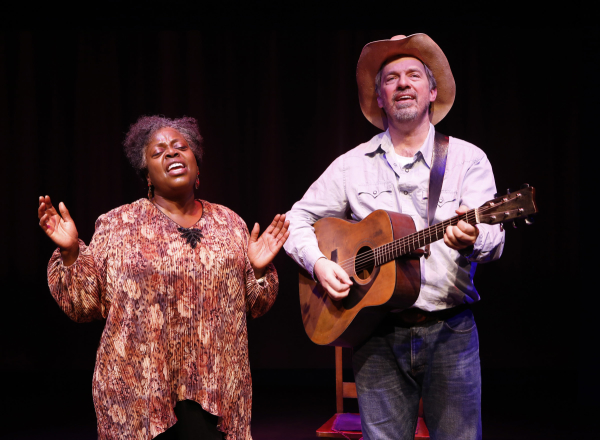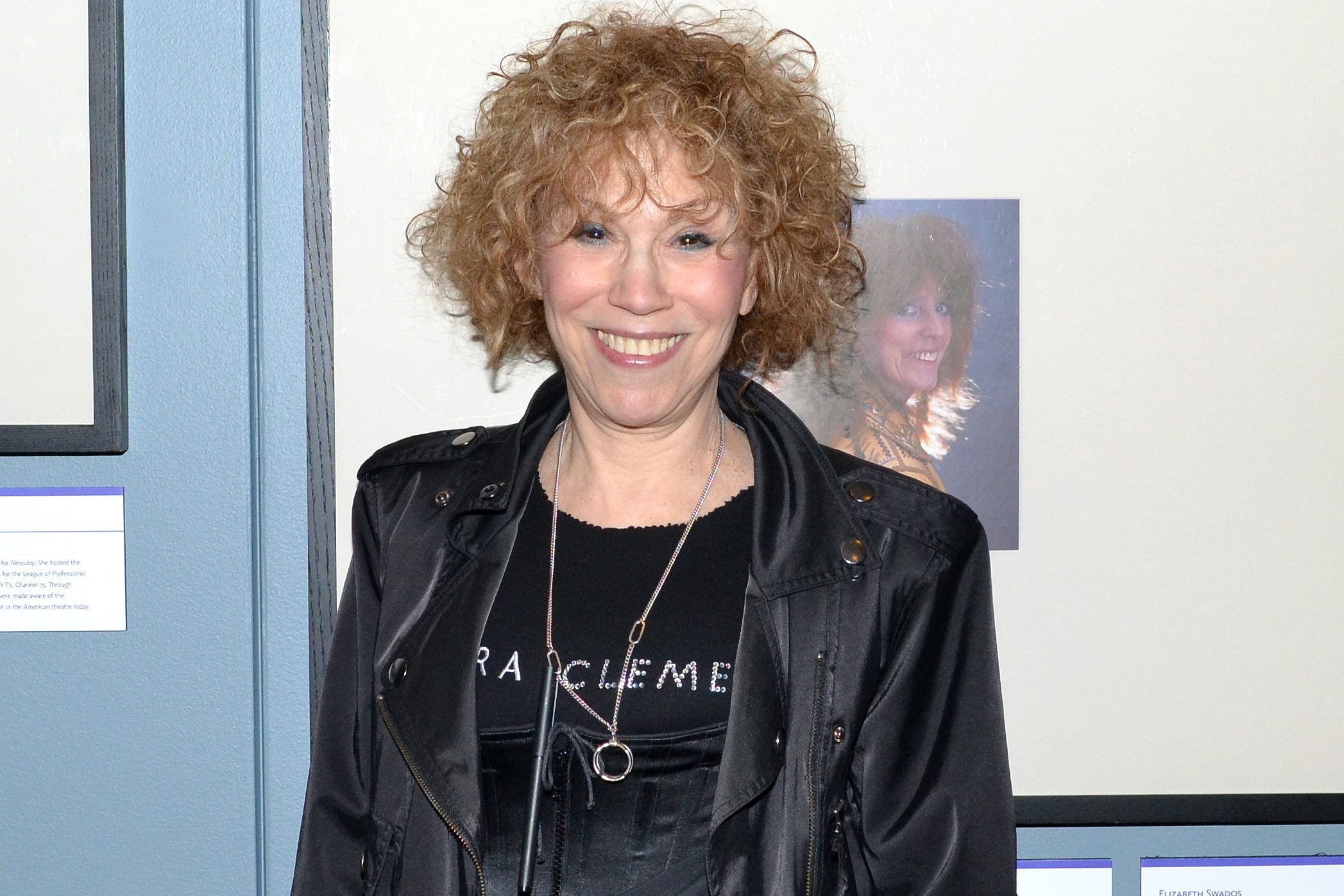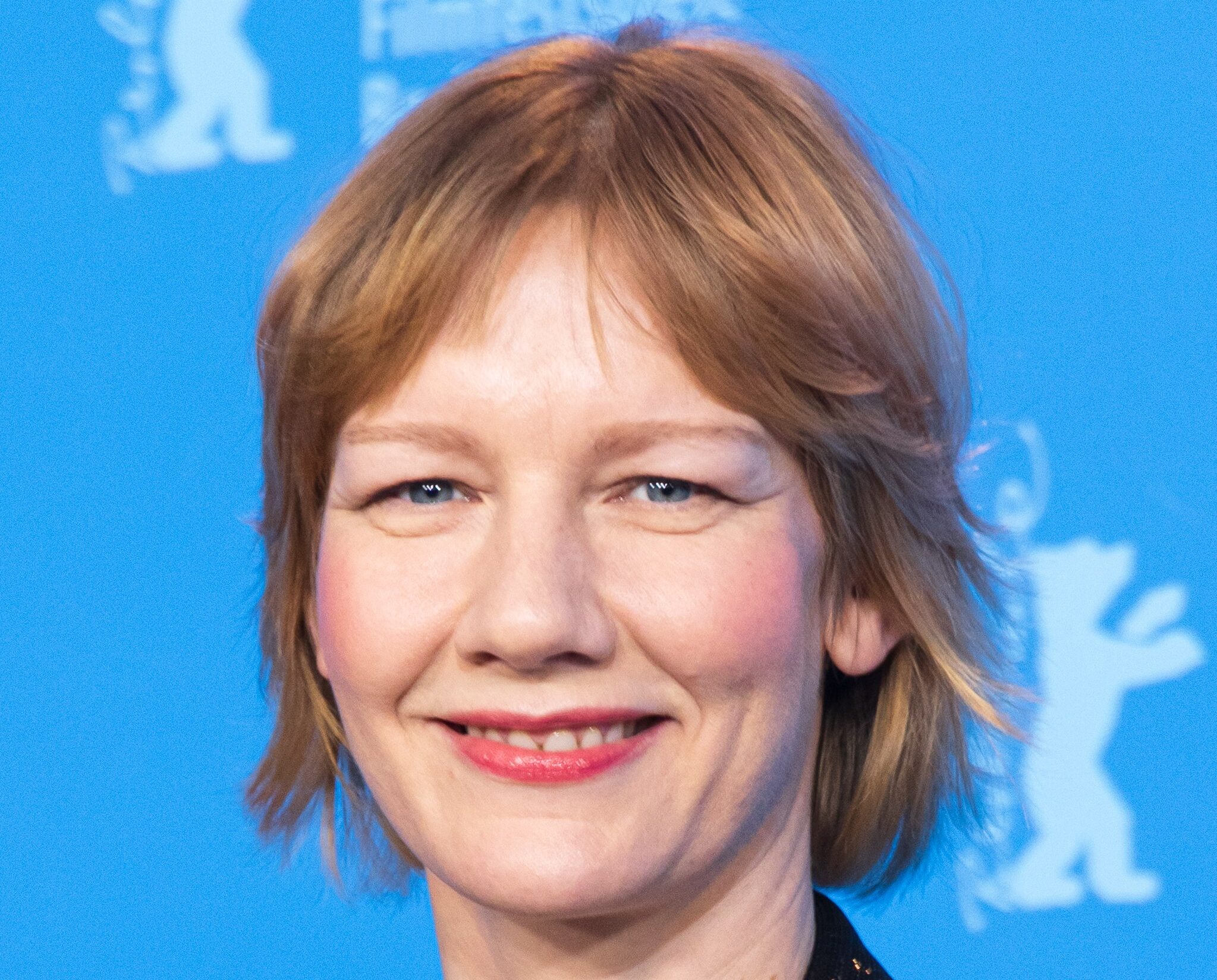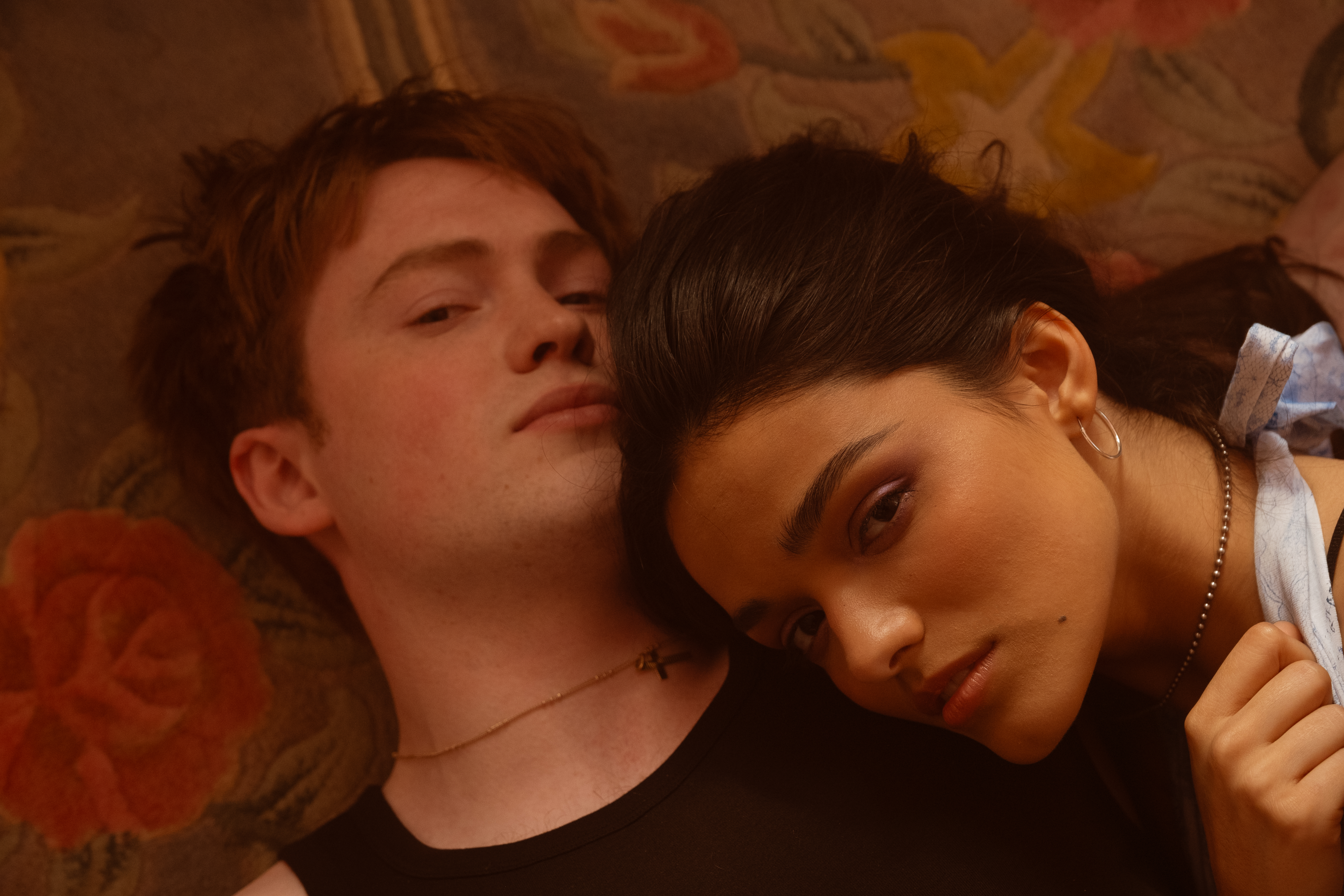Texas in Paris

(© Carol Rosegg)
At the end of Innocents Abroad, Mark Twain writes, "Travel is fatal to prejudice, bigotry, and narrow-mindedness, and many of our people need it sorely on these accounts." Texas in Paris, now running in a heartwarming production at the York Theatre Company's Theater at St. Peter's, might be cited as proof of that idea. In this modest yet affecting play with music, playwright Alan Govenar examines what can happen when two people from different worlds get out of their hometown comfort zones and begin to talk — and sing — with each other.
Based on true events, Texas in Paris tells the story of singer Osceola Mays (Lillias White) and John Burrus (Scott Wakefield) — both nonprofessional musicians — who fly to Paris in 1989 to take part in a concert that will present French audiences at the Maison des Cultures du Monde with "the real Texas." Osceola, who has never been away from her home in the country, was brought up to fear white people, and John, who believes folks oughta stick with their own, has never had a real conversation with a black person. Initially, their backgrounds make it difficult for them to find much to agree on, but as they begin to talk and perform onstage together, they gradually discover that the deep love of music and the strong religious faith they both share have given them a lasting friendship they never thought possible.
With White and Wakefield performing more than two dozen spirituals, cowboy songs, and country hymns, Texas in Paris's story line is straightforward and direct. We gather enough knowledge of Osceola's and John's backgrounds in snippets of dialogue and during short scenes in a bus depot, a café, a metro car, and their individual hotel rooms. The rest of the action takes place at the Maison des Cultures du Monde, scenes in which director Akin Babatundé skillfully uses subtle cues in Osceola's and John's onstage interactions to show the evolution of their relationship: Osceola nods at a verse that John sings; John cannot help joining in with Osceola when she performs a song that moves him. White and Wakefield quietly create a chemistry onstage that's as simple and satisfying as melted butter on grits.
James Morgan has kept his set design as uncomplicated as the play's story: Two chairs and occasionally a small table accompany Jason Johnson-Spinos' projections. Brian Nason's soft, unobtrusive lighting blends well with the vocal devotion behind the music, and Christopher Vergara's down-to-earth costumes never let us forget that Osceola and John are two Texans far from home.
White's rich, soulful voice fills the theater with songs like "Oh, Freedom" and "Gilliam's Storm," and Wakefield's genial down-home singing, along with his guitar and banjo playing, shine in tunes like "Rounded Up in Glory." And it's hard to keep from tapping your feet when they duet on "When the Saints Come Marching In." Beneath the music and its affirmation of faith is the story of two fellow Americans, eventual friends in spite of themselves, who were unnecessarily divided by race in their home but who managed to find each other in a distant land.










